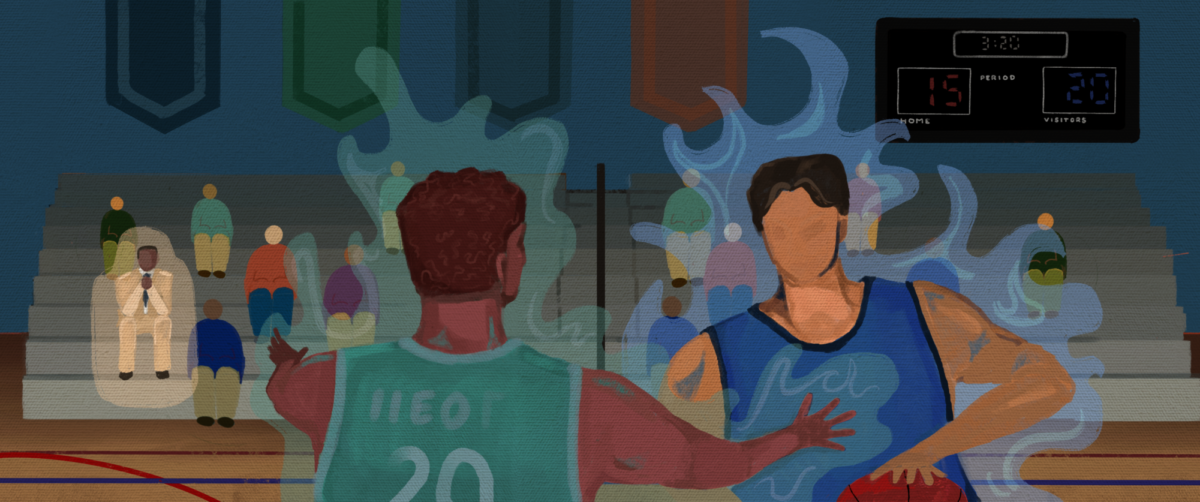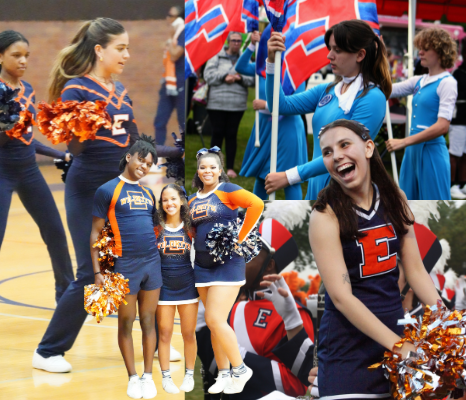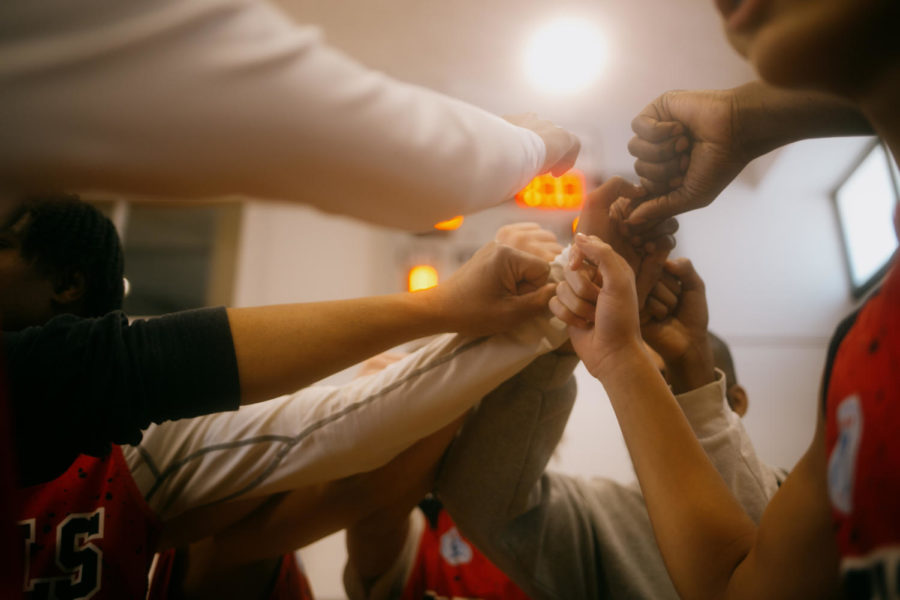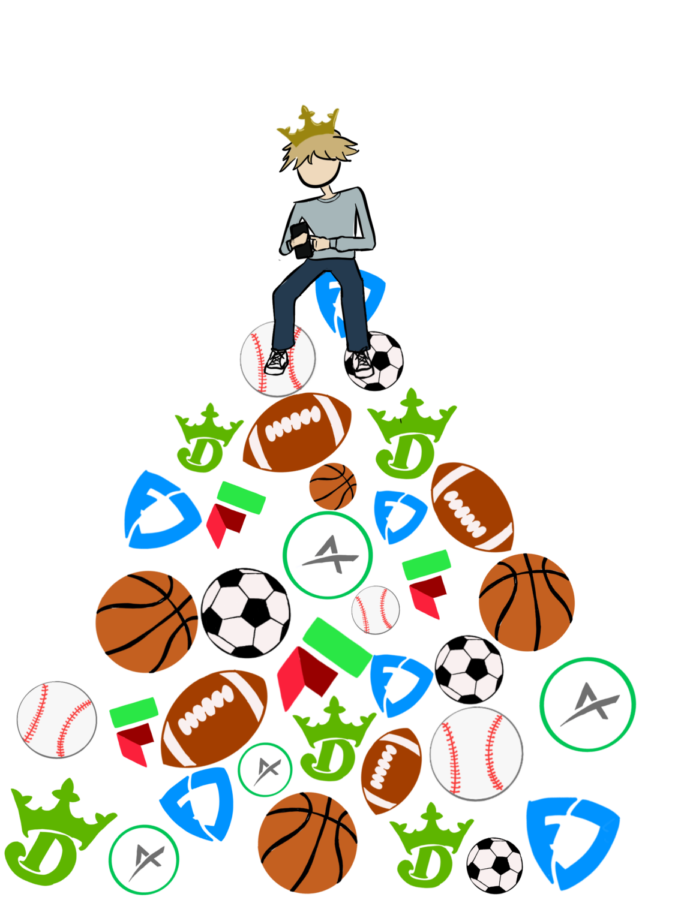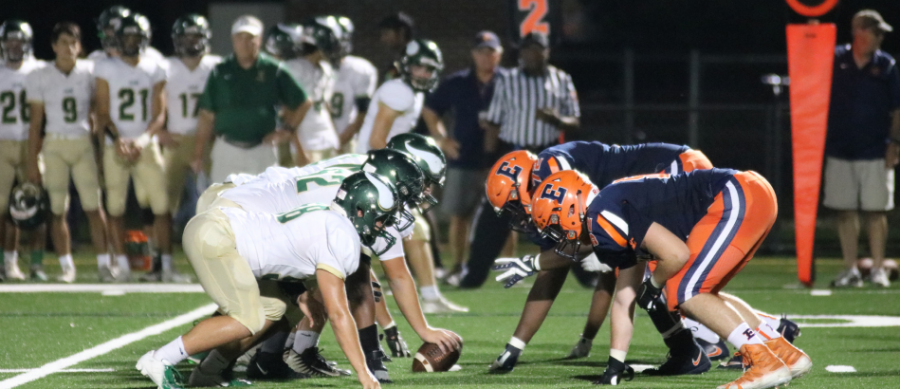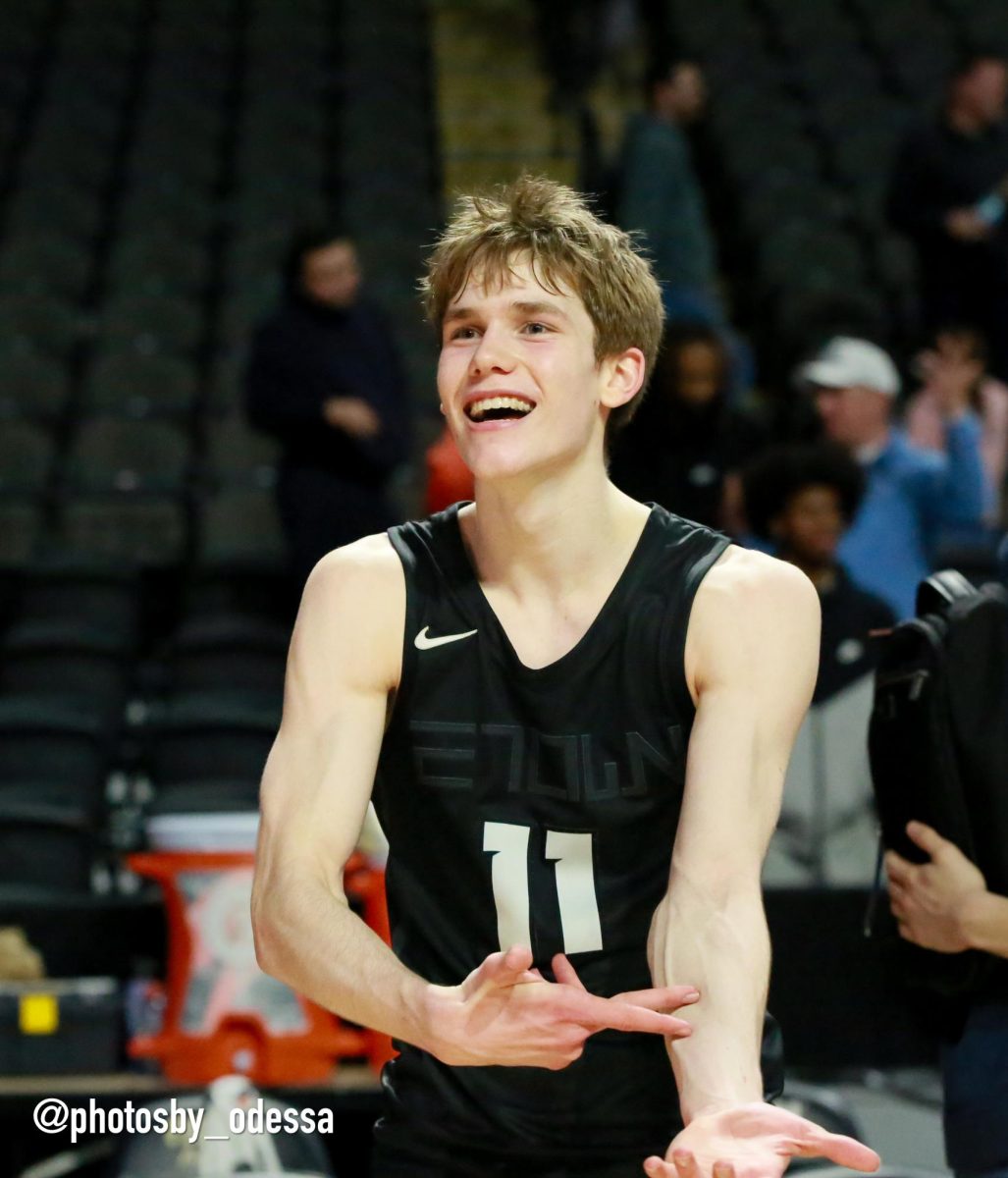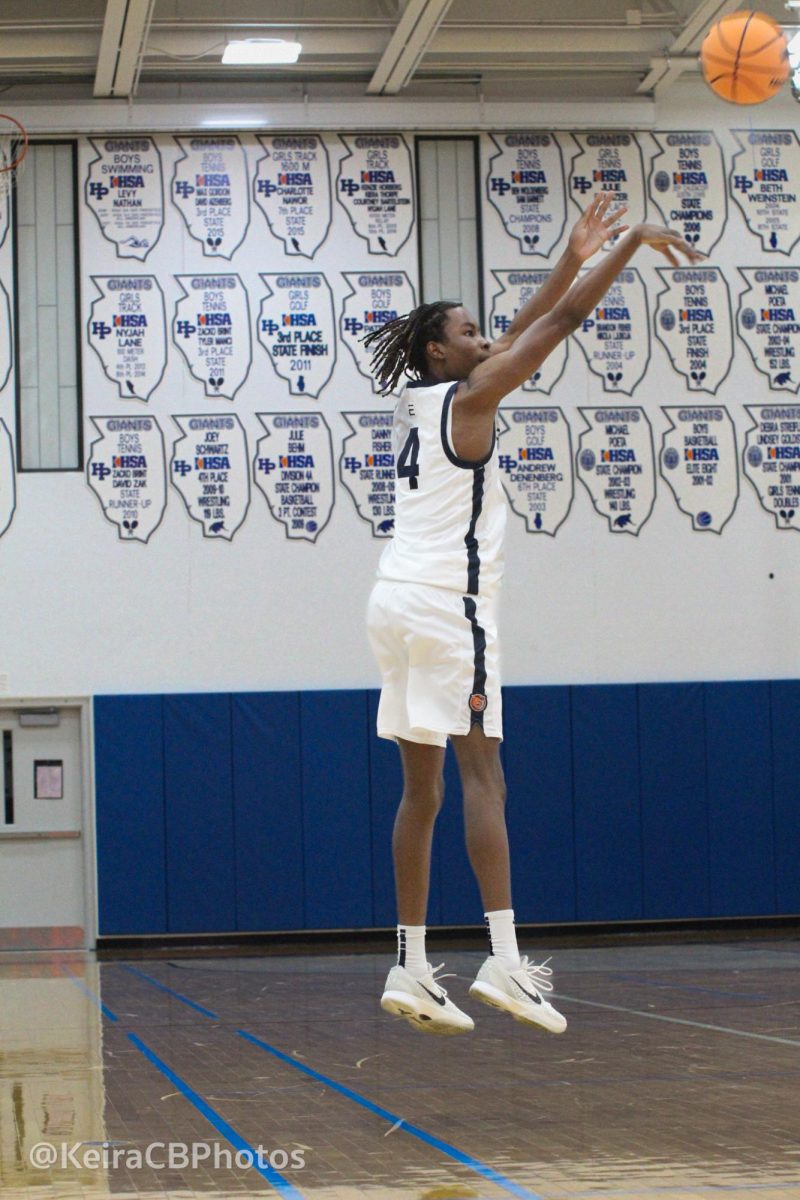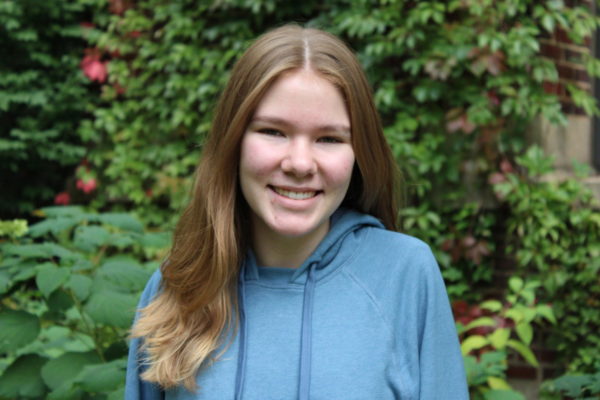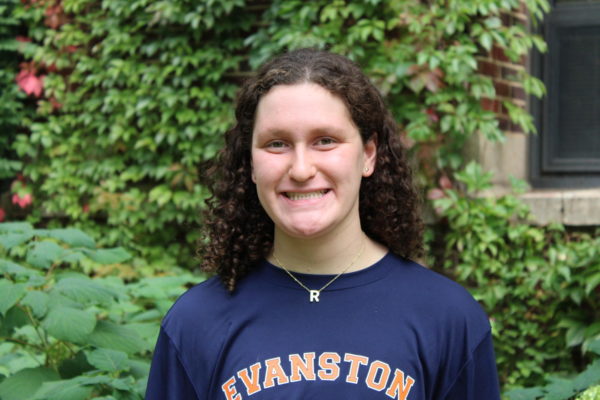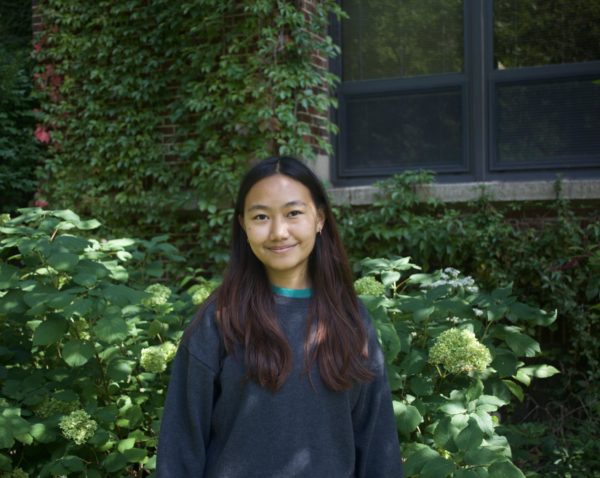Senior Sydney Ross started playing soccer when she was just three years old. Fifteen years later, Ross has earned herself a commitment to one of the most prestigious colleges in the nation through the passion she kindled when she first stepped on the field.
As Ross sent her first email during the winter of her freshman year to Swarthmore College, a liberal arts college in Swarthmore, Penn., she took the first steps in a process that would determine how she would spend her first four years after high school. What came next was a continuation of hard work on and off the field, consistent emailing, campus visits and athletic showcases for college coaches.
As senior Kits begin to commit, more students walk the halls of ETHS knowing where they will be spending their college years. From pre-high school training to grueling seasons at ETHS and strong performances in the classroom, there are many steps to continuing athletic careers in college.
The college application process is something that many high school students endure. For most students who will not be spending their time as a collegiate athlete, the application process primarily occurs in the fall. After the initial selection of schools, the writing of countless supplemental essays, the gathering of teacher recommendations and transcripts, and in some cases, hours of preparation for standardized testing, students are finally able to submit their application. Once students are finished with this tiresome process, there’s still no guarantee that one will be admitted to the college, as sometimes applications end with rejection, deference or being waitlisted. However, if students are admitted, the process is not yet done, as seniors must decide where to spend the next chapter of their lives.
For student-athletes, the process differs, beginning well before senior year. Coaches can officially make direct contact with students on June 15 after sophomore year, when the official recruiting process begins. Depending on the program and school, coaches may reach out to students, or vice versa. For some, reaching out to a coach is a great way to demonstrate interest and offer information about themselves in regards to academics and athletic performance. Some students compete at scouting events and showcases where coaches watch an athlete’s performance.
Not only do students have to maintain strong academics, but they also have to continue demonstrating interest in their sport.
Ross described a scouting camp, where she was able to “run through a bunch of drills and scrimmages so the coaches can evaluate from every area.” This process allows coaches and students to continue to show mutual interest in each other.
At this point, many students visit schools that stand at the top of their list, learning more about the program and often meeting the school’s current team for their sport. If a coach wants the athlete, and the athlete the school, students often complete a pre-read. These processes precede a formal application and consist of a submission of the student’s current academic information that will be passed through the admissions for the particular college. Students receive a rating, putting them on a scale of being likely, or not, to be accepted.
“I sent my transcript and all of my [application materials] to admissions. They basically did a pre-read and then admissions pre-accepted me,” Lafayette Baseball commit Henry Rouch said. “I fit what they were looking for academically.”
For some student-athletes, an academically rigorous environment is equally as important as a student’s desire for strong athletics, and both factors affect their method of application.
“The coaches kept checking up on everything academic,” Ross said. “I made sure all of the email updates I was sending to every school—not just Swarthmore—were explaining my grades for the semester, what courses I was taking, and the test scores [I received].”
Along with the stress of the general application process, committing prior to senior year can bring additional anxiety and concern. Some athletes voice concerns of wondering if they made the wrong choice. Did they ensure their college was contingent on both athletics and academics? Did they make this decision as a means to conclude their application process?
University of Wisconsin-Stevens Point soccer commit Shea Lucas described her strategy to avoid this dilemma.
“I know that I am not doing this to get the relief off of my shoulders. I am doing this because I know that I like the school, they like me, and I will enjoy it there,” Lucas said. “A thought that goes through [some] people’s heads is ‘I will have all of this relief when I [finally] commit,’ but I think taking your time is really important.”
Due to their solidified plans, some committed Kits are feeling less stressed than non-collegiate athletes as they enter the second quarter of their senior year.
“[On] the first day [of school], we were already talking about college applications, and it was nice for me because I didn’t have to worry about that,” Ball State basketball commit Zuri Ransom said.
Although these student-athletes felt early stress in the college application process, they are now able to put a heavier focus on senior year and their respective sports. Athletes who have received a positive pre-read are enabled to apply in the early decision rounds with a very strong indication that they will be accepted. Many of these seniors hold goals of keeping up their GPA, while maintaining success in athletics.
“I would love to stay on top of my grades,” Lucas said. “My [main] goal is having a mental preparedness for college life and going into this year with a college mindset academically.”


